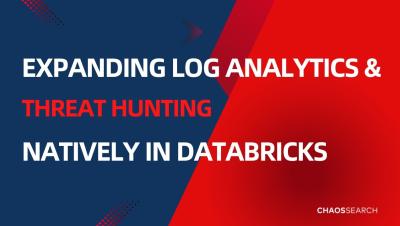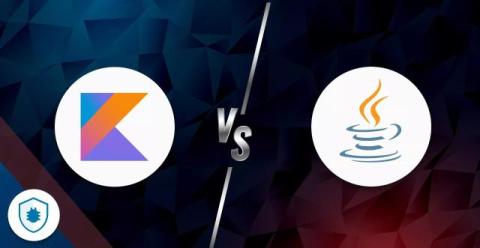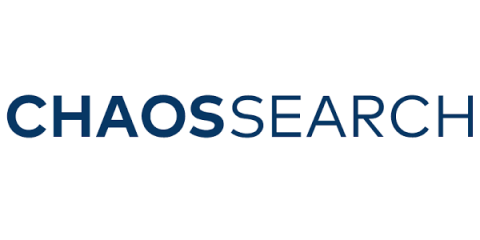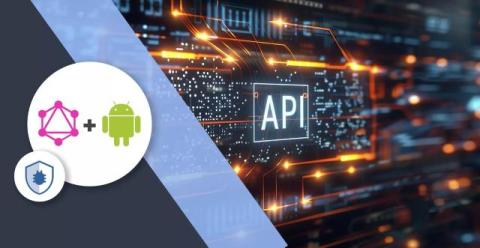Data AI Summit | Expanding Log Analytics and Threat Hunting Natively in Databricks
ChaosSearch + Databricks Deliver on the best of Databricks (open Spark-based data lakehouse) and ELK (efficient search, flexible live ingestion, API/UI) via ChaosSearch on Databricks. Log analytics for observability / security with unlimited retention at a fraction of the cost now with Databricks’ AI/ML. Watch as ChaosSearch CEO, Ed Walsh, shares the power of ChaosSearch in your Databricks environment.











